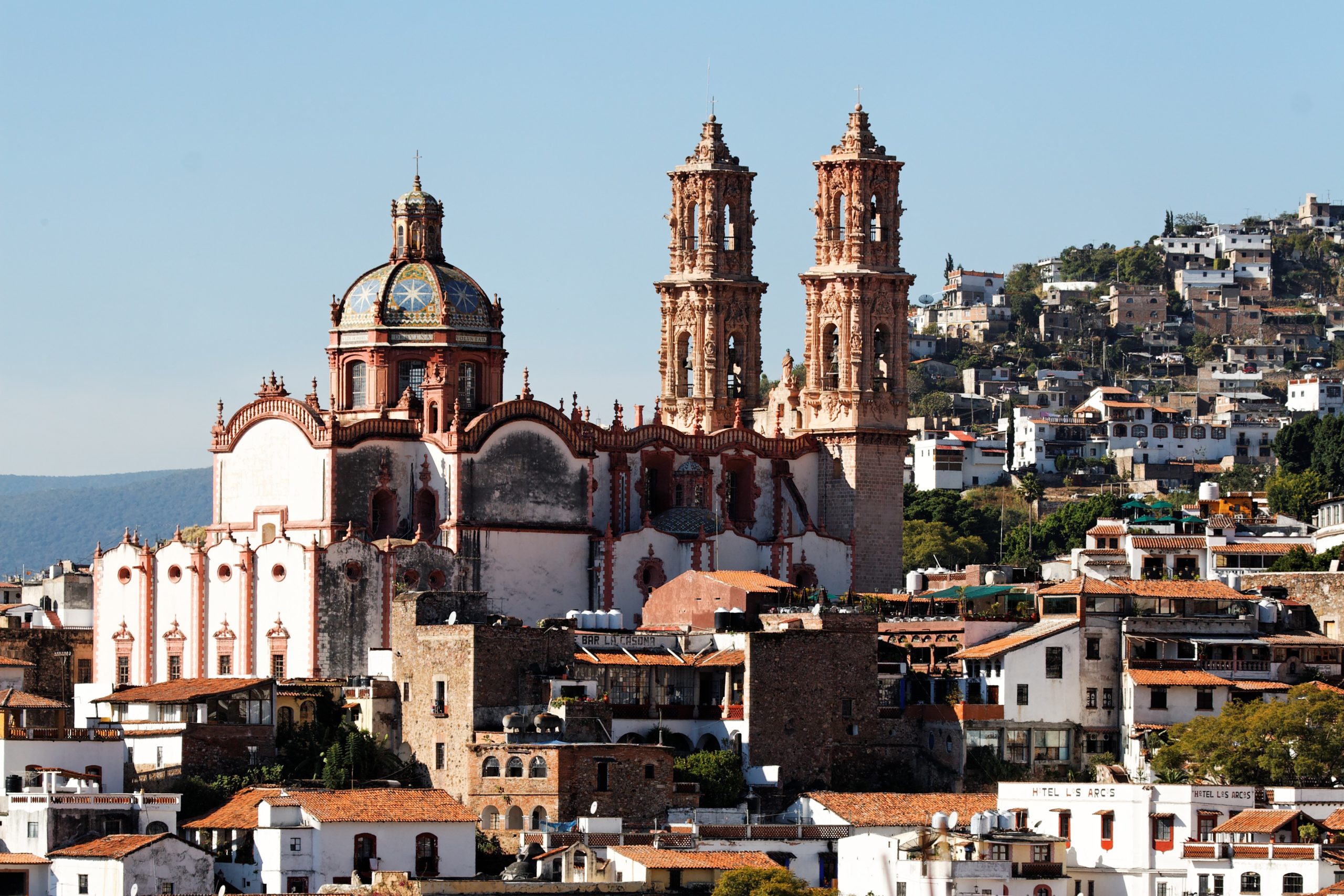
Attractions in Guerrero
Go ahead, explore some of the state of Guerrero’s biggest attractions!
On the free road (number 95) or del Sol tollway (number 1), at kilometers 133 and 100 respectively, stands Acapulco de Juárez, Mexico’s top domestic tourism destination, mainly attracting travelers from Mexico City. The port rose to importance during the colonial era due to the trade in goods brought from the Philippines, and now it is a metropolis with a population of almost one million, brimming with hotels and a vibrant nightlife. La Quebrada cliffs; Hornos, Caleta, Coletilla, Condesa, and Pie de la Cuesta beaches; outings on yachts; underwear and wet t-shirt contests; and other carefree activities are its big draws.
Chilpancingo de los Bravos
“Place of wasps,” is the Náhuatl denotation of the word Chilpancingo. Today, it is a city with a population of 80,000 people and unique spots such as its City Hall and the House of Handicrafts. One very interesting outing from Chilpancingo is to Juxtlahuaca Cave System, located 32 miles to the southeast of the city on the route between Petaquillas and Colotlipa (road 95 and then the exit to the caves). Juxtlahuaca is also of archeological importance as paintings identified as belonging to the Olmeca culture were found here. Amenities are not available.
Iguala and Taxco
63 miles north of Chilpancingo, on road 95, sits Iguala. The city first rose to prominence during the Independence movement because it was here that the Plan of Iguala, also known as the Plan of the Three Guarantees, was proclaimed in 1820, setting out the founding principles for the new country. Nearby are pleasant spots like Tuxpan Lake. 22 miles to the north is the city of Taxco, a colonial jewel which owes its existence to silver mining. The Church of Santa Prisca, whose ornately decorated pink cantera stone facade with two towers and sumptuous Churrigueresque-style altarpieces in its nave represent the finest example of the city’s architecture. Other significant buildings include the Borda House, Humboldt House or Museum of Religious Art, Spratting museum, Santísima Church, and the San Bernardino de Siena Church and Convent. Taxco offers a complete range of services for tourists.
From Taxco, along the same road 95, it is possible to continue on the free highway starting in Axixintla. From there, it is only 12 more miles to Cacahuamilpa. These are the country’s most popular caves, discovered in 1790. While dangerous and unexplored in those days, today they are equipped with lighting and their passageways have been adapted to make it easy to visit the caves. If you are looking for more adventure, the Chontalcuatlan Caves, just a few miles away, are more challenging to explore because visitors must cross an underground river. A guide is recommended.
Costa Grande Coastline
Coyuca de Benítez, just 13 miles farther on, is the first place to make a stop on the route along the Costa Grande Coastline to Ixtapa-Zihuatanejo, on road 200. Boats are available for rent on the lagoon. Paraíso and Tlacoyunque beaches, which you can reach through Atoyac and Papanoa, are very peaceful beaches similar to Marquelia. It is paradise for those who only need a hammock and a thatch roof for shelter. Atoyac is 133 miles from Chilpancingo and 52 from Acapulco; Papanoa is 42 miles farther. Both towns have gas stations.
The state of Guerrero’s second-most important port, Ixtapa-Zihuatanejo has now become a consortium of tourist resorts. Meanwhile, Zihuatanejo still retains its old-fashioned air. It is home to a history museum and restaurants serving the catch of the day under thatch roof shelters. Ixtapa is a modern area with any and all amenities travelers could want. It has grown significantly with the addition of the Marina Ixtapa. Isla Ixtapa is an idyllic island that can be reached via tours leaving from Zihuatanejo or Quieta beach.
